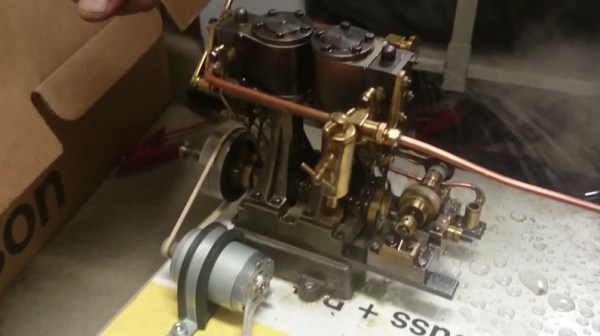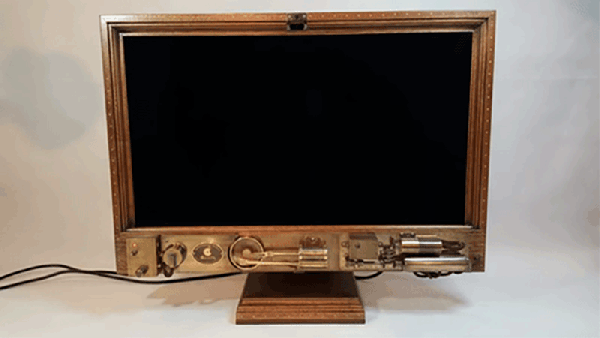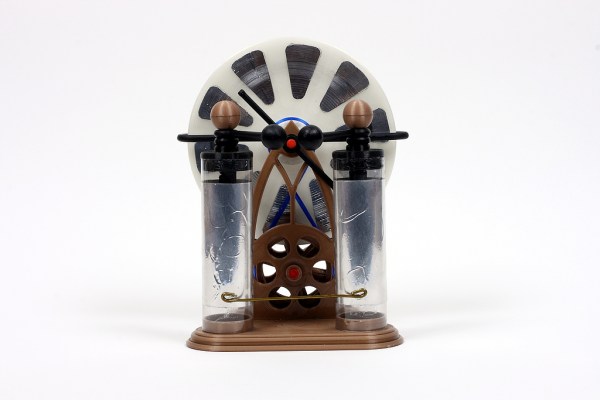Steampunk usually involves sticking a few old valves on your laptop and riding a penny farthing, but [Alexzpro] understands the real thing: he just created a steam powered Raspberry Pi Zero (translated).
His setup is a little lashed together, but works it’s a throwback to electricity generation of old and deserves the steampunk moniker. A steam boiler drives a steam turbine, which turns a motor, generating electrical power. This feeds into a regulator and a bank of capacitors that smooths the voltage out to a nice even 5 Volts, which powers the Pi.
It’s not exactly efficient, but running the steam boiler using two propane blowtorches sure makes us grin. Usually we see people trying to go the opposite direction and power their projects with renewables. We can appreciate this for what it is too, and it’s certainly not the first time we’ve see a Raspberry Pi burning through electricity for little apparent gain.
Continue reading “Steam-Powered Raspberry Pi Zero Doesn’t Get Any More Steampunk”

















